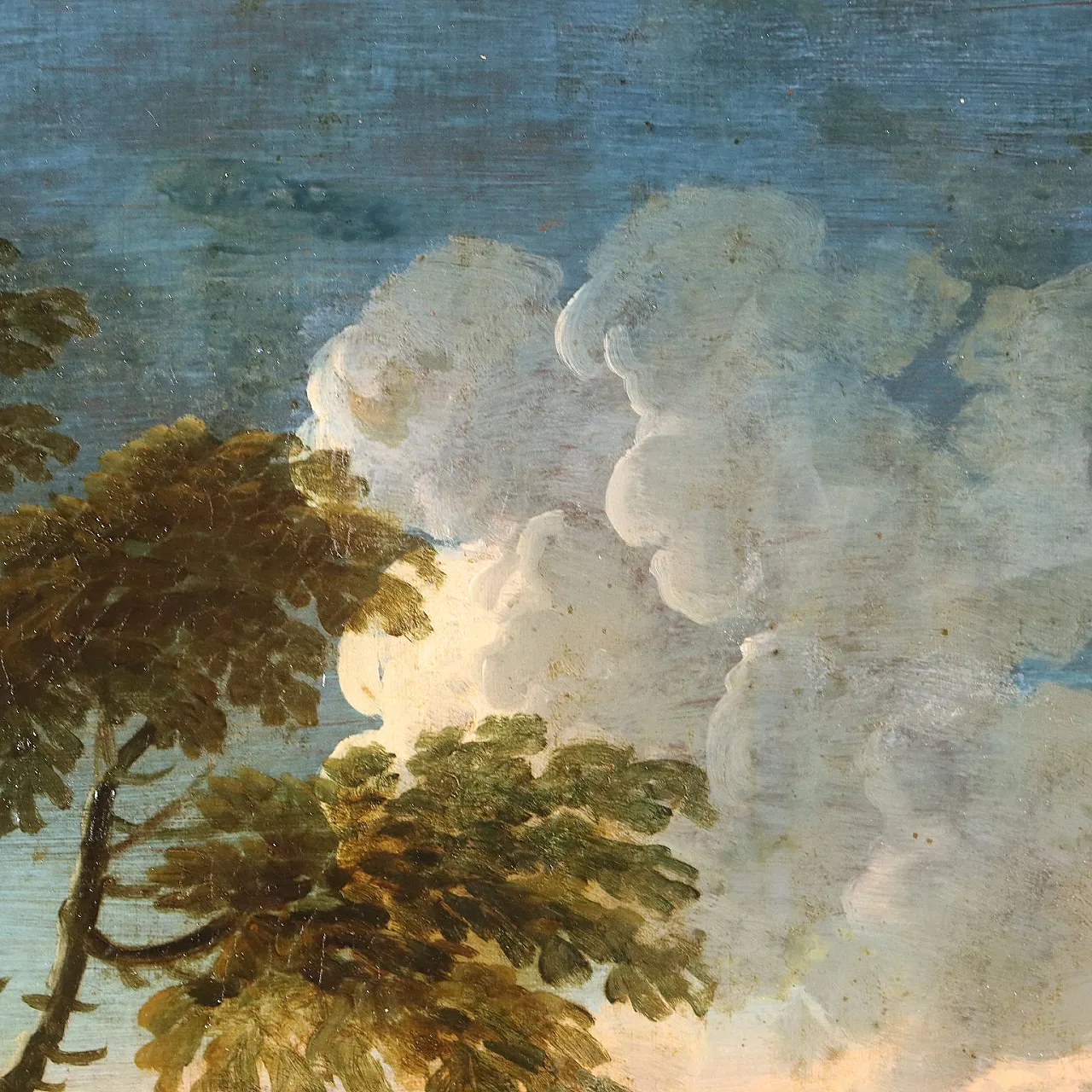
Here is the revised essay with more integrated links:
What do trees in Dreams Symbolize?
The Tree of Life is one of the most pervasive and enduring symbols in human history, appearing in the art, myths and religious traditions of cultures around the world. From the ancient Middle East to medieval Europe to indigenous societies of the Americas, the Tree of Life has captured the human imagination as a powerful representation of growth, interconnectedness, and the cycle of birth, death and renewal.
At its most basic, the Tree of Life symbolizes the interconnectivity of all life on earth. Its roots reach deep into the ground, drawing up water and nutrients to feed the trunk, branches and leaves above. In this way, it bridges the underworld and the heavens, connecting the realms of matter and spirit. Its cyclical nature, shedding leaves and seeds only to sprout anew each spring, reflects the eternal rhythm of the cosmos.
But the Tree of Life is also richly imbued with spiritual and philosophical meaning, a visual metaphor for profound ideas about the nature of existence, the path of the soul, and humanity’s relationship to the divine. In this essay, we’ll explore the multilayered symbolism of the Tree of Life across different cultures, tracing its evolution and transformation as it has shaped and been shaped by the religions and worldviews of humankind.
The Tree of Life in Ancient Mythologies
Some of the earliest known representations of the Tree of Life come from ancient Mesopotamia, the “cradle of civilization” where the first complex human societies emerged. In the epic of Gilgamesh, one of the oldest surviving works of literature, the hero undertakes a quest for the plant of immortality, which is guarded by a serpent at the bottom of the sea The Epic of Gilgamesh. This myth establishes the Tree of Life as a source of eternal life, a heavenly treasure that is sought by mortals but ultimately beyond their grasp.
In ancient Egyptian mythology, the Tree of Life appears as the sycamore fig tree, which was believed to stand at the eastern gate of heaven from which the sun god Ra emerged each morning. The fruit of this celestial tree was thought to be the food of the gods and the source of their immortality. Pharaohs were often depicted holding the Ankh, the “key of life”, a stylized representation of the sycamore tree’s leaf The Origins and History of Consciousness.
The motif of the cosmic tree was also prevalent in the Indo-European mythologies that spread from the Eurasian steppe to India, Persia and Europe. In Norse mythology, the great ash tree Yggdrasil connected the nine worlds, with its roots reaching down to the underworld and its branches supporting the heavens. Odin, the chief of the gods, was said to have hung himself from Yggdrasil for nine nights in order to gain the wisdom of the runes Norse Mythology and the Self.
In Hinduism, the sacred fig tree or Ashvattha is a symbol of Brahman, the ultimate reality that underlies all of creation. The Bhagavad Gita compares the manifest cosmos to an “eternal Ashvattha tree” with its roots above in Brahman and its branches below in the world of men Hindu Mythology as Parts of Self. This inverted tree reflects the Vedic concept that the visible world is but an illusory reflection of the divine source.
The Tree of Life in Western Religious Traditions
In the Judeo-Christian tradition, the Tree of Life first appears in the Book of Genesis as one of two trees in the Garden of Eden, alongside the Tree of the Knowledge of Good and Evil. While Adam and Eve are forbidden from eating of the latter tree, they are permitted to eat from the Tree of Life until their expulsion from Eden. Thus, in the Biblical context, the Tree of Life represents immortality, the blissful state of unity with God that was lost through original sin Hebrew and Greek Hero Myths.
The Tree of Life reappears in the Book of Proverbs as a symbol of wisdom: “She is a tree of life to those who take hold of her; those who hold her fast will be blessed” (Proverbs 3:18). Here, the Tree is associated not with immortality per se, but with the blessings that come from living in alignment with divine wisdom. This concept is further developed in Kabbalah, the mystical tradition within Judaism.
In Kabbalistic teachings, the Tree of Life is a complex diagram representing the ten Sephirot or emanations through which the Infinite (Ein Sof) creates the universe. The Tree is also a map of the human soul and the path of spiritual ascent, with each Sephirah corresponding to a different attribute of God and a different stage in the soul’s journey back to its divine source The Kabbalistic Concept of Ein Sof.
In Christianity, the cross on which Jesus was crucified is sometimes referred to as the Tree of Life, drawing a symbolic link between the fall of man through the fruit of the first tree and the redemption of man through Christ‘s sacrifice on the second tree. The Book of Revelation describes the Tree of Life as standing in the center of the New Jerusalem, bearing twelve kinds of fruit and healing the nations with its leaves (Revelation 22:2).
In Islamic tradition, the Tree of Life is called Sidrat al-Muntaha, “the lote tree of the utmost boundary.” According to the Quran, this tree marks the endpoint of the seventh heaven, beyond which even the angels cannot pass. It was here that Muhammad is said to have received the final revelations of the Quran from God during his Night Journey The Three Monotheistic Faiths.
The Tree of Life in Mesoamerican and South American Cultures
The Tree of Life was also a prominent motif in the cosmologies of the indigenous peoples of the Americas. The Mayan civilization of Central America depicted the Tree of Life as a ceiba tree that stood at the center of the world, connecting the heavens, the earth and the underworld. The Mayan king was believed to be a living embodiment of this cosmic tree, responsible for maintaining the balance between the realms Ancient Religions and Rituals.
In Aztec mythology, the Tree of Life was represented by the sacred tree of Tamoanchan, the ancestral home of humanity. According to legend, the gods created the human race from the wood of this tree, and its sap was used to nourish the first humans. The Aztec World Tree was also associated with the four cardinal directions and the cycle of the seasons South American Shamanism.
For the Inca civilization of South America, the Cosmic Tree was a symbol of the connection between the celestial and terrestrial worlds. The Inca believed that the Milky Way was a celestial river that flowed from a cosmic tree, nourishing the earth and the spirits of the dead. The shamans of the Amazon rainforest, such as the Tukano and the Shipibo, use the imagery of the Tree of Life in their ceremonial artwork and healing rituals, invoking its power to restore balance and wholeness South American Shamanism in North Alabama.
The Tree of Life in Modern Psychology and Spirituality
In the 20th century, the Tree of Life has re-emerged as a potent symbol in the fields of depth psychology and contemporary spirituality. Carl Jung, the founder of analytical psychology, saw the Tree of Life as an archetype of the Self, the central organizing principle of the psyche. For Jung, the Tree represented the process of individuation, the lifelong journey towards wholeness and self-realization How to Understand Jung.
Jung explored the symbolism of the Tree in many of his works, including “The Philosophical Tree”, where he traced its appearance in alchemical texts and dreams. He noted that the Tree often appeared in mandala forms, circular images representing the totality of the psyche The Labyrinth in Jungian Psychology. Jung also saw the Tree as a bridge between the personal and collective unconscious, the realm of instinctual patterns and universal symbols.
In the New Age and contemporary spiritual movements, the Tree of Life has been adopted as a symbol of holistic growth, ecological awareness, and the sacredness of nature. The image of the Tree is often used in meditation and visualization practices, as a focal point for grounding, centering and expanding consciousness.
The Tree of Life has also inspired modern artists and designers across various media. Austrian painter Gustav Klimt used the Tree of Life motif in many of his famous works, such as the Stoclet Frieze, where it represented the intertwining of male and female energies Hilma af Klint and Theosophical Art. In contemporary architecture and design, the fractal branching patterns of trees have influenced the development of biophilic and biomimetic structures that seek to harmonize human habitation with the natural world Parametricism in Architecture.
Climbing the Tree
From its ancient roots to its modern flowering, the Tree of Life has proven to be one of humanity’s most enduring and versatile symbols, a living metaphor that continues to grow and branch into new domains of meaning. Whether seen as a cosmic axis, a map of the soul, or an emblem of the interconnectedness of all life, the Tree invites us to contemplate our place in the grand scheme of existence, and to seek our own paths of growth, wisdom and transformation.
As we navigate the challenges and complexities of our rapidly changing world, the Tree of Life remains a potent reminder of our shared roots in the Earth and our common destiny in the cosmos. By reconnecting with this primal symbol, we may rediscover a sense of belonging, purpose and wonder, and find the strength to cultivate new ways of living and being that honor the sacredness of all life.
In the end, the Tree of Life is not just a symbol but an invitation – to explore the depths of our own being, to connect with the greater web of existence, and to take our place in the eternal unfolding of creation. As the poet Hermann Hesse wrote in his ode to trees:
“So the tree rustles in the evening, when we stand uneasy before our own childish thoughts: Trees have long thoughts, long-breathing and restful, just as they have longer lives than ours. They are wiser than we are, as long as we do not listen to them. But when we have learned how to listen to trees, then the brevity and the quickness and the childlike hastiness of our thoughts achieve an incomparable joy.”</blockquote>
May we learn to listen to the wisdom of the trees, and may the Tree of Life continue to nourish and inspire us on our shared journey of growth and awakening.




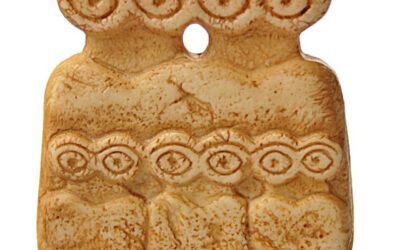

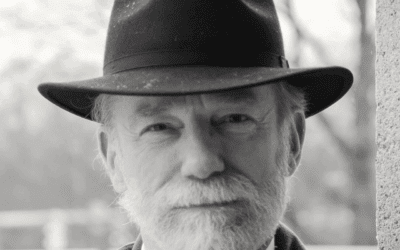





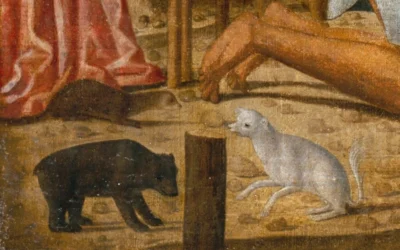
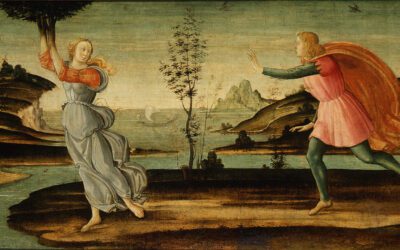


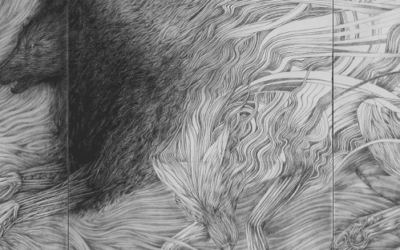
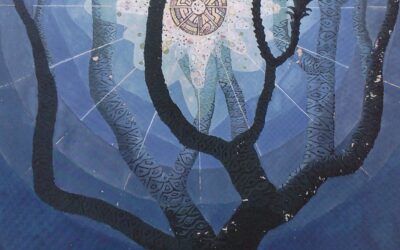
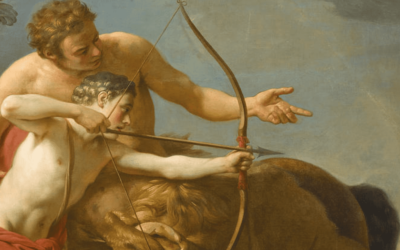


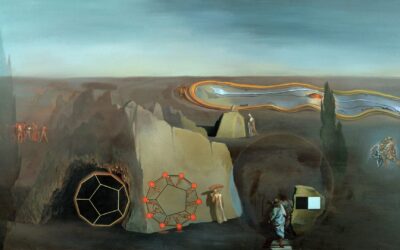
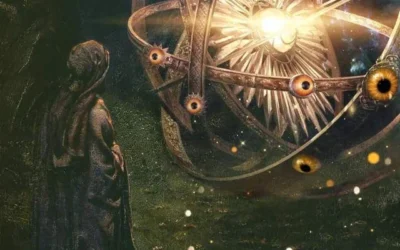
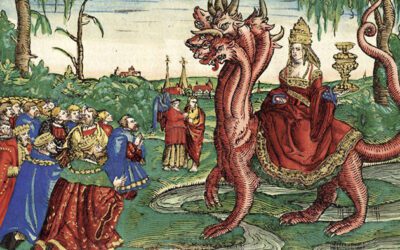

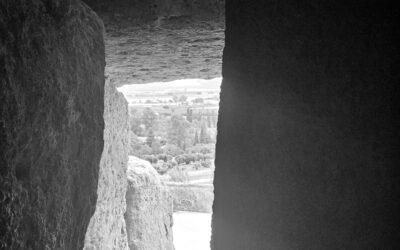
0 Comments